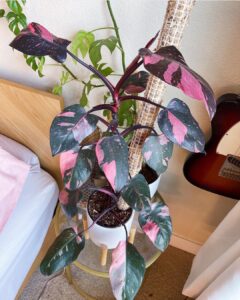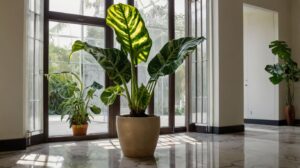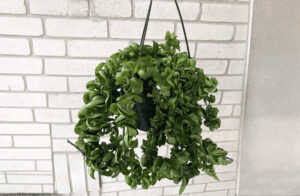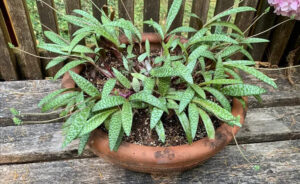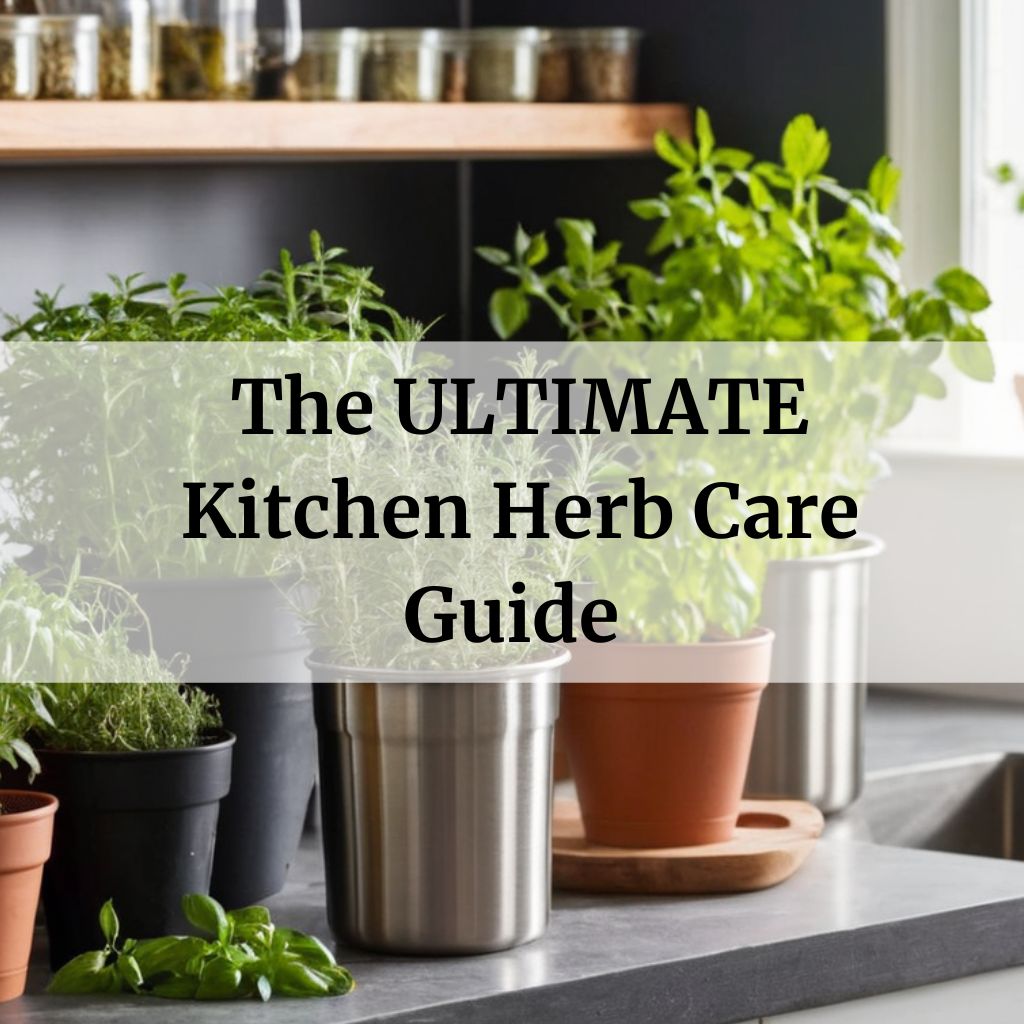
Growing your own kitchen herbs is a great way to have fresh, flavorful ingredients on hand all year round. In this guide, you’ll learn the best seasons to plant, optimal growing conditions like lighting and watering, and easy ways to preserve your harvest like drying or freezing. Whether you’re a seasoned gardener or a beginner, this guide will help you master the art of indoor herb gardening.
In this article
- 1 Key takeways
- 2 Basil: Adding Italian Flair to Your Dishes
- 3 Cilantro: Anise-Seed Magic in Your Kitchen
- 4 Oregano: The Pizza Herb’s Earthy Charm
- 5 Parsley: Crisp and Versatile Herb Elegance
- 6 Rosemary: Resinous Flavor for Poultry and Soups
- 7 Chives: Subtle Flavor with Vibrant Green Hues
- 8 Mint: Coolness and Freshness in Every Leaf
- 9 Thyme: Versatile Herb for Roasts and Soups
- 10 Dill: Feathery Leaves for Pickles and Salads
- 11 Sage: Earthy Flavor for Meats and Pastas
- 12 Lovage: Celery-Like Flavor for Soups and Salads
- 13 Stevia: Natural Sweetness for Teas and Desserts
- 14 Lavender: Sweet and Floral Addition to Dishes
- 15 Tarragon: Licorice-Like Elegance for Chicken and Fish
- 16 Lemon Balm: Citrusy Zest for Teas, Salads, and Desserts
- 17 Fennel: Licorice-Like Twist for Salads and Roasted Vegetables
- 18 Chervil: Mild Anise-Like Charm for Salads, Soups, and Sauces
- 19 Lemongrass: Citrusy Punch for Soups, Curries, and Stir-Fries
- 20 Savory: Peppery Bite for Soups, Stews, and Roasted Meats
- 21 Bay Leaves: Suitable for Soups, Stews, and Sauces
Key takeways
- Choosing the right herbs: Start by choosing the herbs that you want to grow in your kitchen. Some popular options include basil, rosemary, cilantro, thyme, and parsley. Consider the amount of sunlight and water that each herb needs before making your selection.
- Planting and potting: Once you have chosen your herbs, it’s time to plant them. You can either plant them in the ground or in pots. If you choose to plant them in pots, make sure that the pots have good drainage and are the right size for the herbs you have chosen.
- Watering and fertilizing: Herbs need regular watering, but be careful not to overwater them. Make sure that the soil is moist but not waterlogged. You can also fertilize your herbs with a balanced fertilizer to help them grow.
- Pruning and harvesting: Regular pruning will help your herbs grow bushier and healthier. You can also harvest your herbs as needed for cooking. Be sure to leave enough leaves on the plant so that it can continue to grow.
- Pest control: Herbs can be susceptible to pests like aphids and spider mites. Keep an eye out for any signs of infestation and treat them promptly with an organic pest control solution.
Storing and preserving: If you have more herbs than you can use, you can dry them or freeze them for later use. You can also make herb-infused oils and vinegars to use in cooking. - Indoor gardening: Before choosing herbs for your indoor garden, you’ll need to understand the unique needs and characteristics of each herb.
- Companion planting: Knowing which herbs thrive together can save you time, effort, and ensure a bountiful harvest.
Basil: Adding Italian Flair to Your Dishes
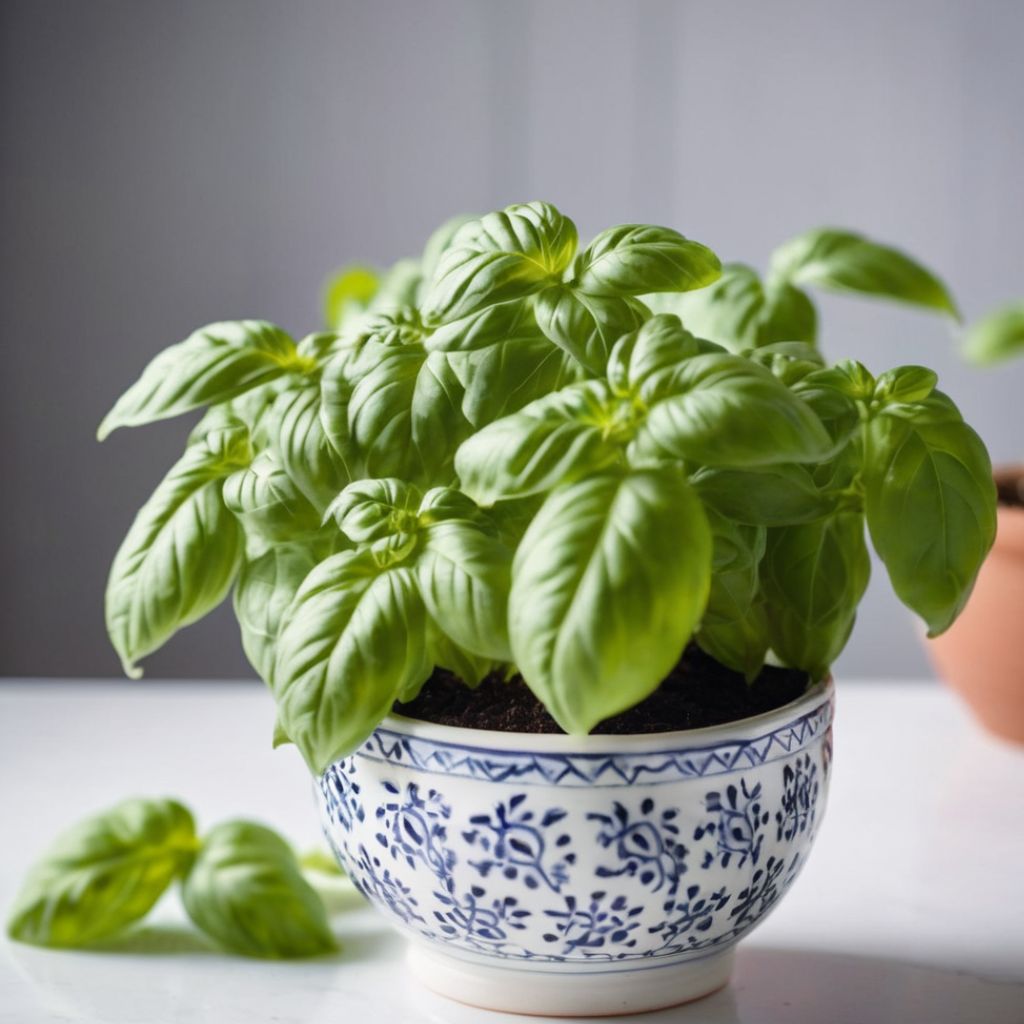
Light: Thrives in bright light, requiring 6-8 hours of sunlight per day or full sun exposure.
Watering: Keep the soil consistently moist, watering when the top 50% is dry. Aim for about one inch of water per week.
Humidity: Enjoys higher humidity levels. Misting a few times a week can mimic its natural habitat.
Temperature: Maintain temperatures between 60-90 degrees Fahrenheit for optimal basil growth.
Fertilizing: Feed basil 1-2 times a month with a balanced fertilizer for garden plants.
Harvesting: Trim stems or pick leaves, and remember to add basil towards the end of cooking for maximum flavor.
Uses: Enhance soups and sauces with basil’s aromatic touch.
Indoor Suitability: Thrives indoors, provided it gets ample light and warmth.
Cilantro: Anise-Seed Magic in Your Kitchen
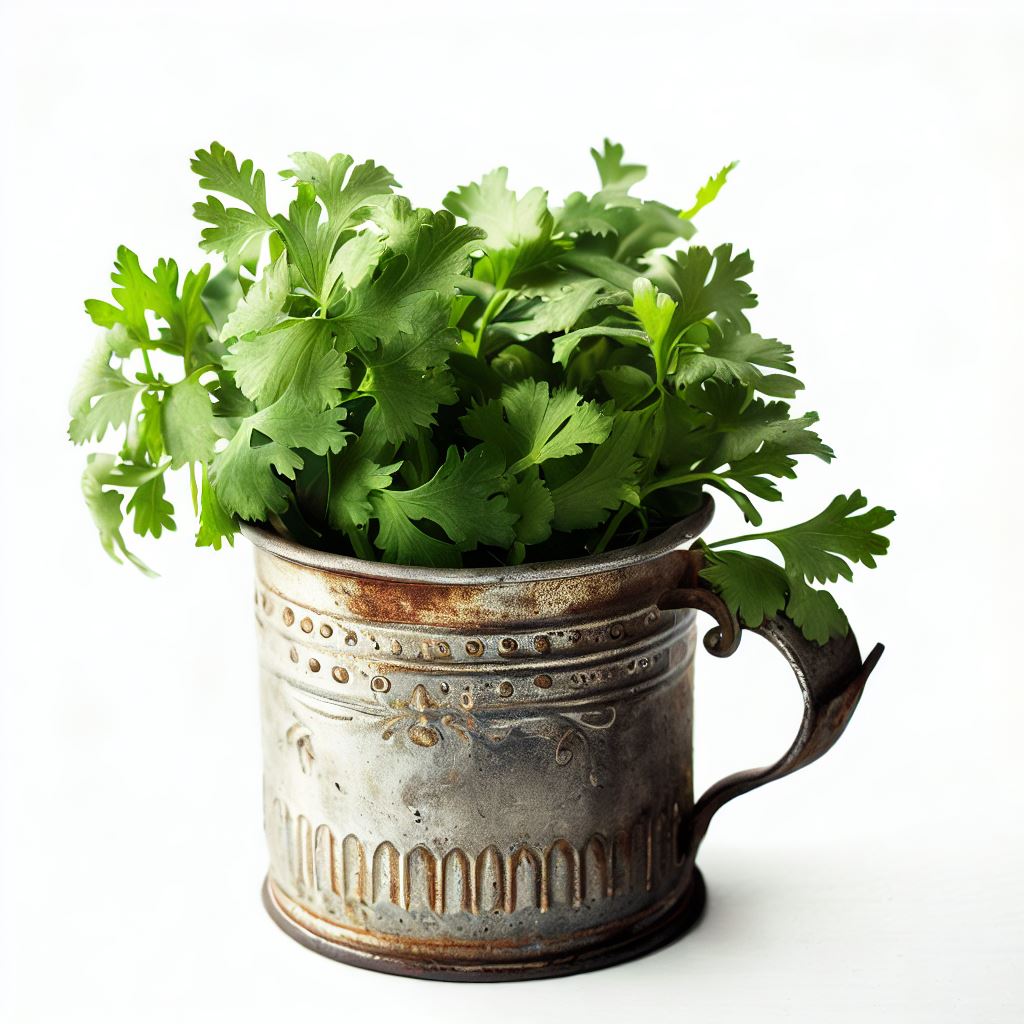
Light: Enjoys bright, indirect light but can tolerate partial shade.
Watering: Water when the top 50% of soil is dry, ensuring consistent moisture.
Humidity: Appreciates moderate humidity levels, so mist occasionally.
Temperature: Maintain temperatures between 50-85 degrees Fahrenheit for robust cilantro growth.
Fertilizing: Feed cilantro every 2-3 weeks with a balanced liquid fertilizer.
Harvesting: Harvest cilantro leaves for salads and salsas or use the stems in stews.
Uses: Add cilantro’s unique flavor to Indian, Mexican, and Thai cuisines.
Indoor Suitability: Adapts well to indoor conditions with proper care.
Oregano: The Pizza Herb’s Earthy Charm
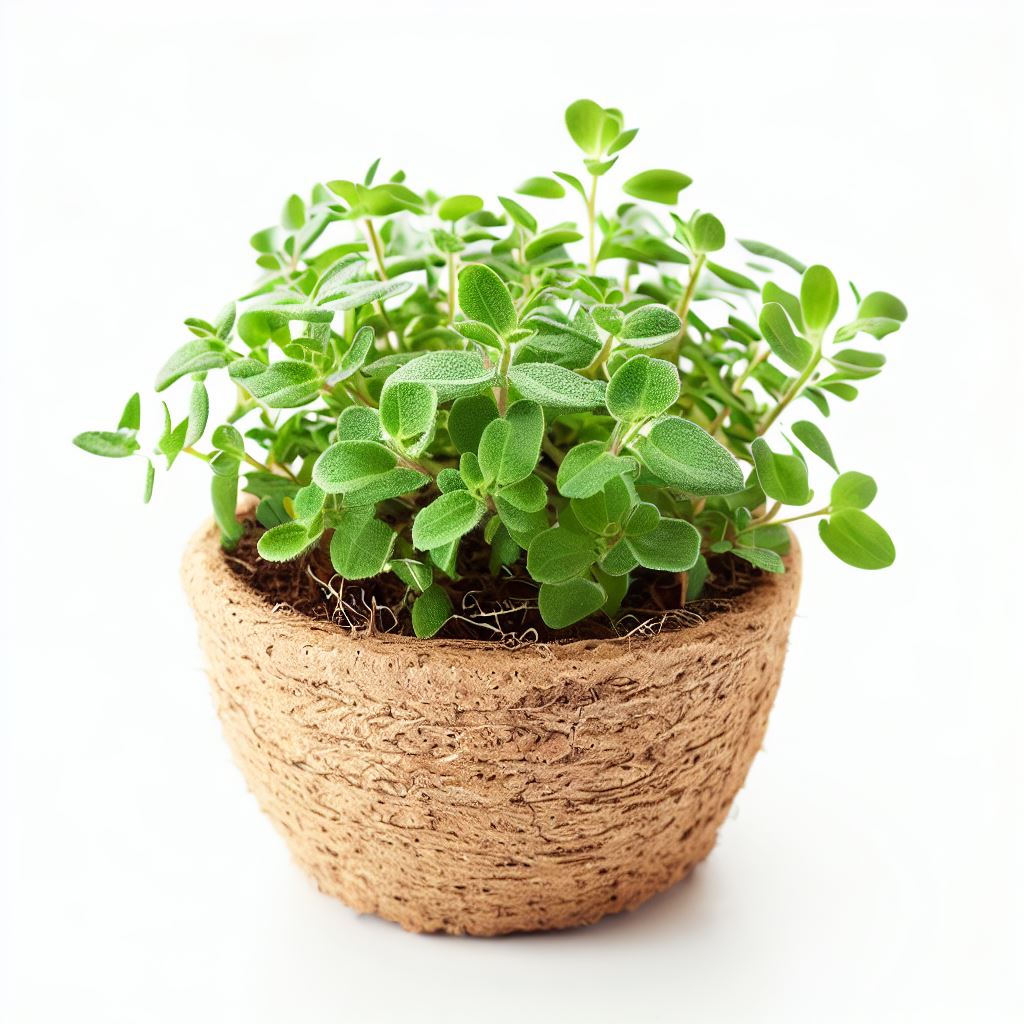
Light: Loves full sun, requiring 6-8 hours of sunlight daily.
Watering: Water when the top inch of soil is dry, allowing for proper drainage.
Humidity: Doesn’t demand extra humidity, making it a low-maintenance choice.
Temperature: Maintain temperatures between 70-80 degrees Fahrenheit for optimal growth.
Fertilizing: Feed oregano sparingly with a balanced fertilizer during the growing season.
Harvesting: Trim oregano stems for fresh use or dry them for longer preservation.
Uses: Pair oregano’s earthy taste with meats and roast vegetables.
Indoor Suitability: Thrives indoors, provided it gets sufficient sunlight.
Parsley: Crisp and Versatile Herb Elegance

Light: Prefers bright, indirect light but can tolerate some shade.
Watering: Keep the soil consistently moist, watering when the top inch is dry.
Humidity: Moderate humidity is sufficient for parsley’s well-being.
Temperature: Maintain temperatures between 50-75 degrees Fahrenheit for optimal growth.
Fertilizing: Feed parsley every 4-6 weeks with a balanced liquid fertilizer.
Harvesting: Use parsley’s leaves and stems in cooking or as a refreshing garnish.
Uses: Enhance salads, vegetables, and herb butters with parsley’s crisp taste.
Indoor Suitability: Adapts well to indoor environments, making it a versatile choice.
Rosemary: Resinous Flavor for Poultry and Soups
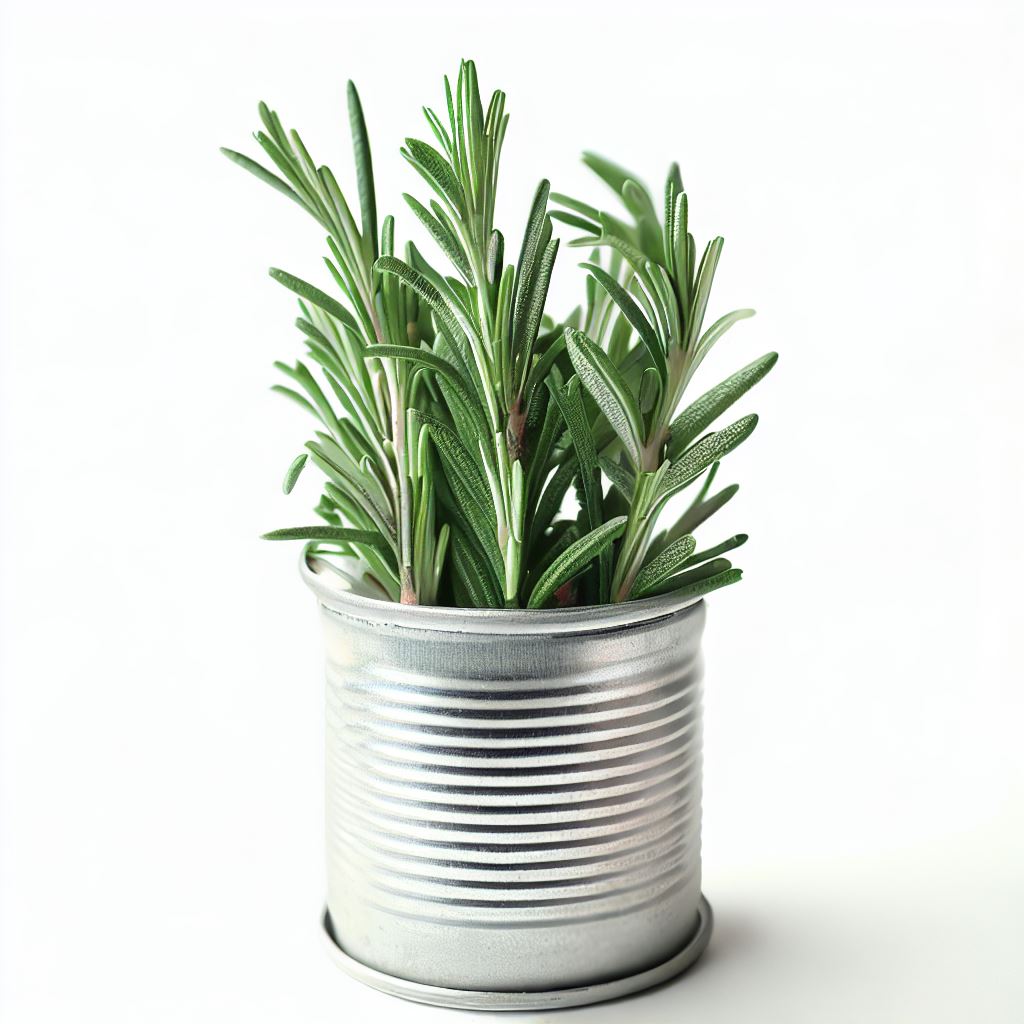
Light: Thrives in full sun, requiring 6-8 hours of sunlight daily.
Watering: Allow the soil to dry between waterings to prevent root rot.
Humidity: Adaptable to normal humidity levels.
Temperature: Maintain temperatures between 60-75 degrees Fahrenheit.
Fertilizing: Feed rosemary sparingly with a balanced liquid fertilizer in spring.
Harvesting: Trim stems for harvesting, pulling leaves off by hand or using full stems as skewers.
Uses: Enhance poultry, lamb, and soups with rosemary’s sweet and resinous flavor.
Indoor Suitability: Can thrive indoors with ample sunlight and well-draining soil.
Chives: Subtle Flavor with Vibrant Green Hues
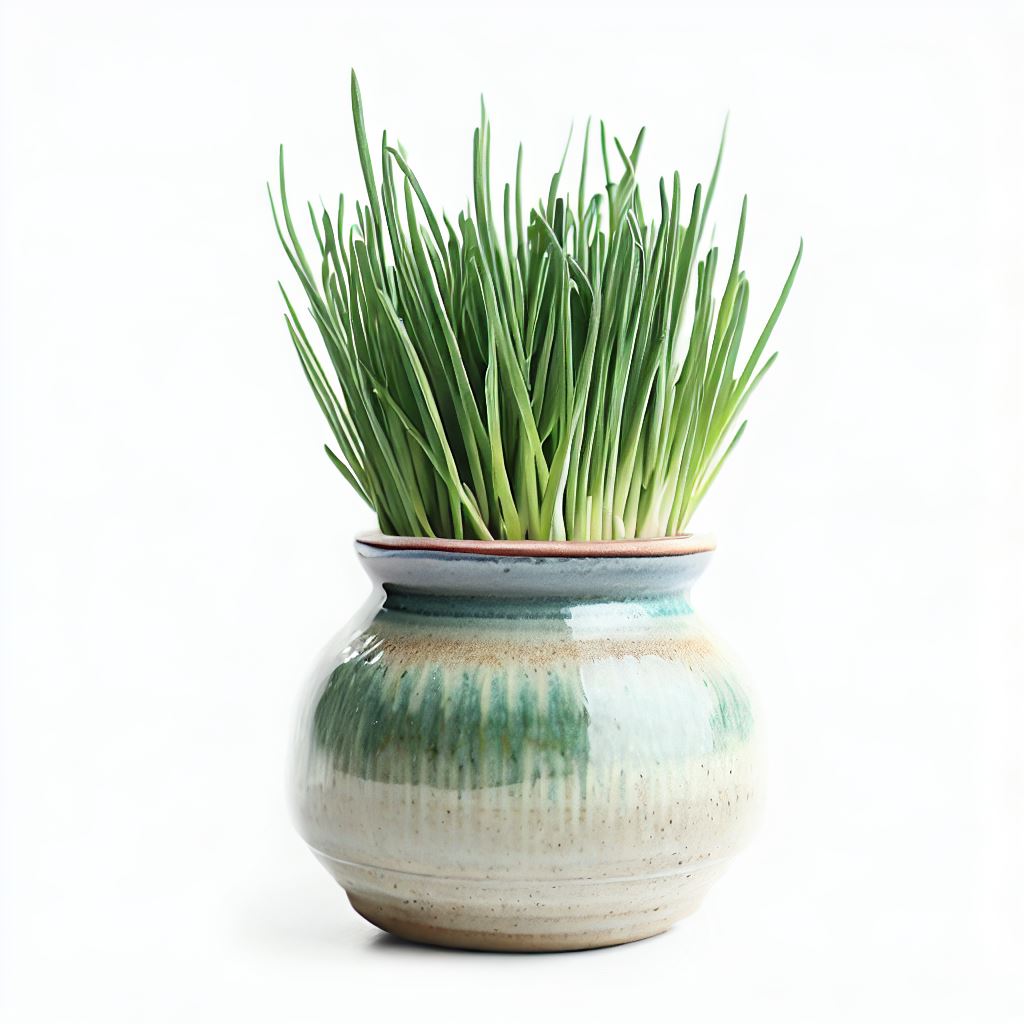
Light: Thrive in bright, indirect light but can tolerate some shade.
Watering: Keep the soil consistently moist, aiming for even moisture.
Humidity: Normal indoor humidity is suitable for chives.
Temperature: Maintain temperatures between 55-75 degrees Fahrenheit for optimal growth.
Fertilizing: Feed chives every 4-6 weeks with a balanced liquid fertilizer.
Harvesting: Finely chop chives or use them as a vibrant garnish.
Uses: Enhance dishes like dumplings or salmon sandwiches with chives’ subtle flavor.
Indoor Suitability: Adapts well to indoor conditions, making them a delightful addition.
Mint: Coolness and Freshness in Every Leaf

Light: Flourishes in bright, indirect light.
Watering: Keep the soil consistently moist, especially in warmer conditions.
Humidity: Mint appreciates higher humidity levels.
Temperature: Thrives between 65-75 degrees Fahrenheit.
Fertilizing: Feed mint every 4-6 weeks with a balanced liquid fertilizer.
Harvesting: Pluck leaves for desserts, teas, and jellies.
Uses: Add coolness and freshness to dishes, yogurt, or fresh berries.
Indoor Suitability: Grows well indoors with proper care.
Thyme: Versatile Herb for Roasts and Soups

Light: Requires full sun or bright light for at least 6 hours a day.
Watering: Allow the soil to dry between waterings.
Humidity: Thrives in average indoor humidity.
Temperature: Ideal between 60-80 degrees Fahrenheit.
Fertilizing: Feed thyme every 4-6 weeks with a balanced liquid fertilizer.
Harvesting: Use fresh or dried in roasted meats, vegetables, and soups.
Uses: Enhance a variety of dishes with thyme’s aromatic flavor.
Indoor Suitability: Well-suited for indoor gardening.
Dill: Feathery Leaves for Pickles and Salads
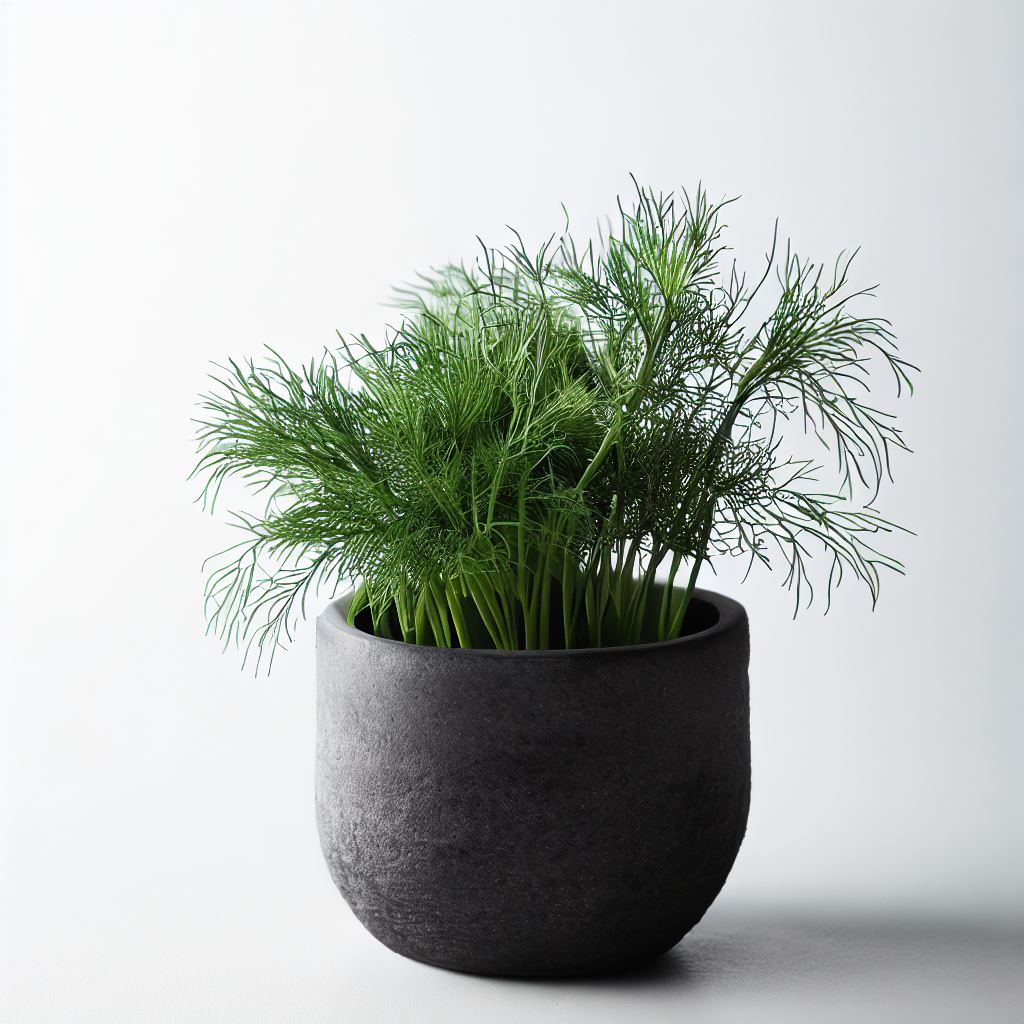
Light: Needs full sun or at least 6-8 hours of sunlight.
Watering: Keep the soil consistently moist.
Humidity: Dill prefers moderate humidity.
Temperature: Thrives between 60-70 degrees Fahrenheit.
Fertilizing: Feed dill every 4-6 weeks with a balanced liquid fertilizer.
Harvesting: Use feathery leaves in pickling and seafood dishes.
Uses: Great addition to salads and sauces.
Indoor Suitability: Grows well indoors with adequate sunlight.
Sage: Earthy Flavor for Meats and Pastas
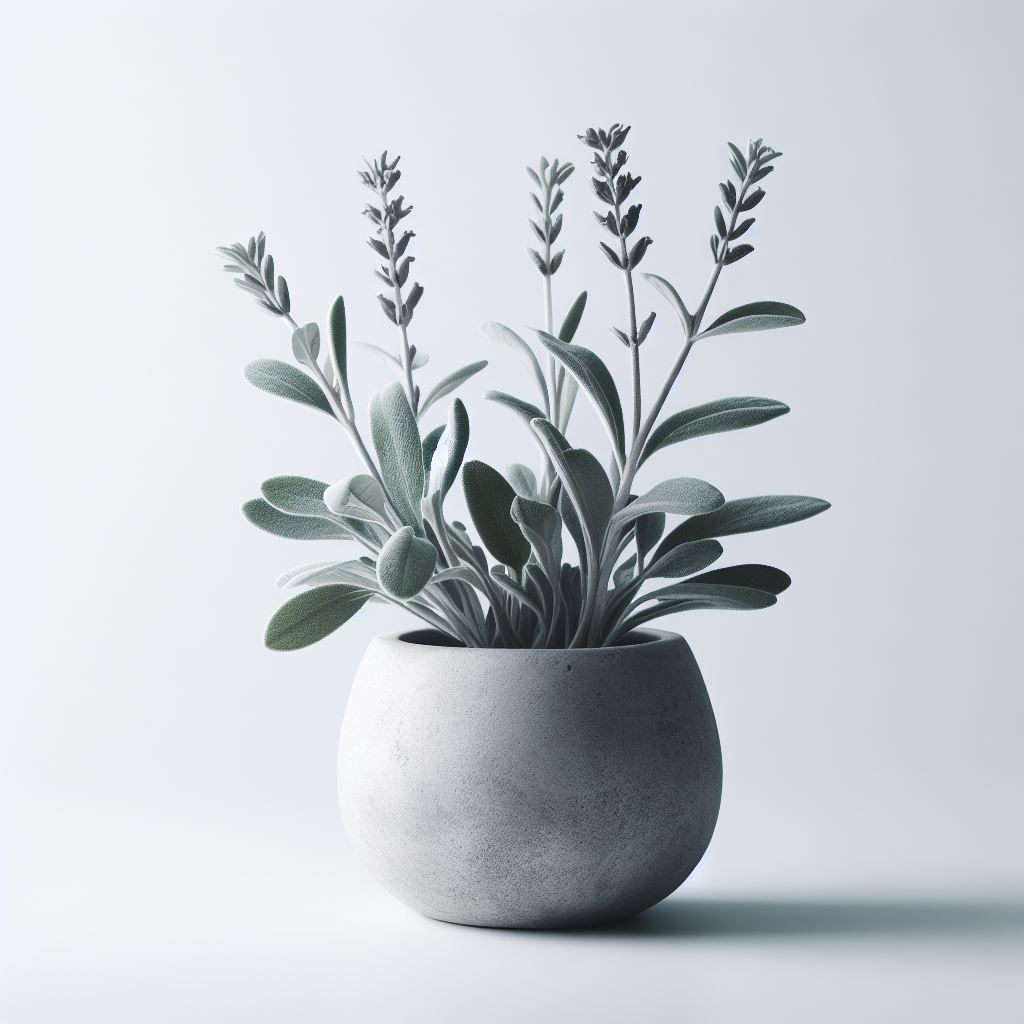
Light: Requires full sun, at least 6-8 hours of sunlight.
Watering: Allow the soil to dry between waterings.
Humidity: Sage is adaptable to normal humidity levels.
Temperature: Ideal between 60-75 degrees Fahrenheit.
Fertilizing: Feed sage every 4-6 weeks with a balanced liquid fertilizer.
Harvesting: Trim leaves for use in stuffing, pasta dishes, or with fatty meats.
Uses: Pairs well with pork, duck, and in various savory dishes.
Indoor Suitability: Thrives indoors with ample sunlight.
Lovage: Celery-Like Flavor for Soups and Salads
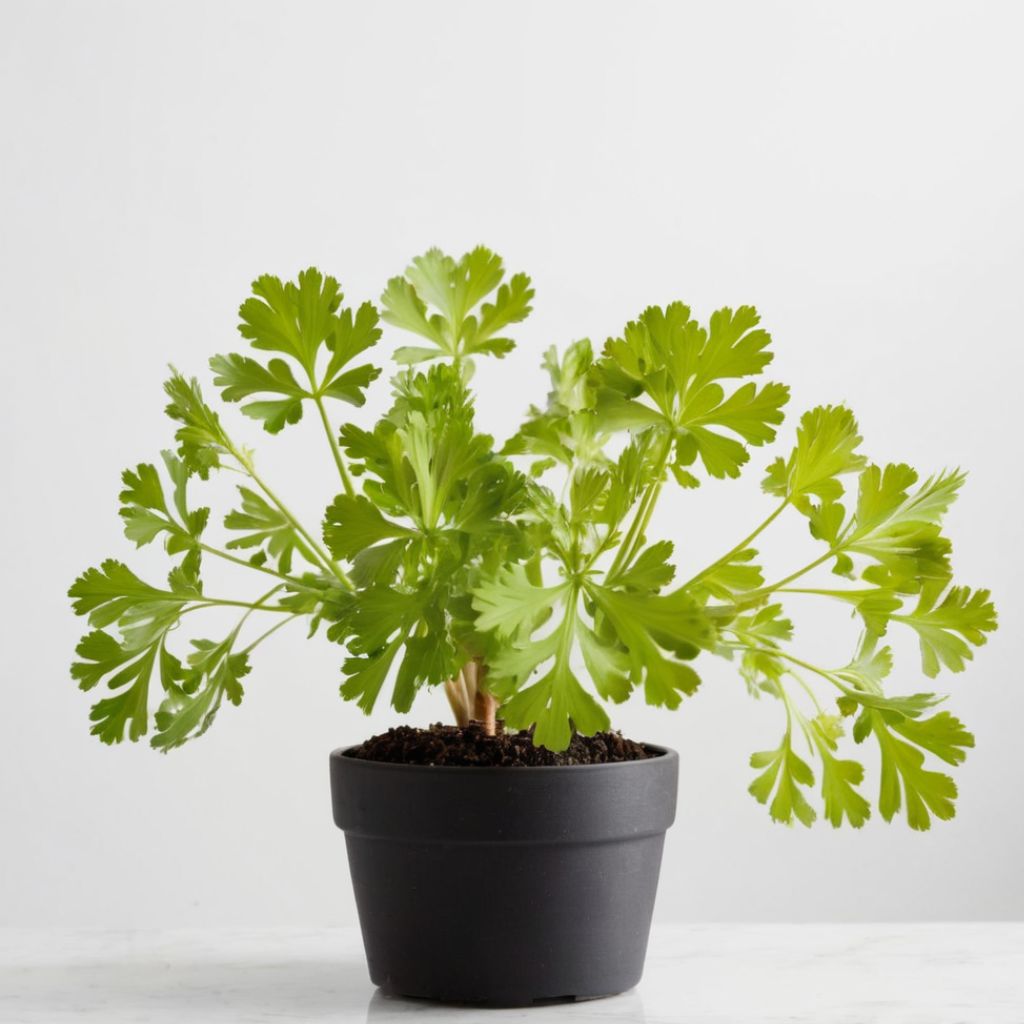
Light: Prefers partial shade to full sun.
Watering: Keep the soil consistently moist.
Humidity: Lovage is adaptable to average indoor humidity.
Temperature: Thrives between 60-75 degrees Fahrenheit.
Fertilizing: Feed lovage every 4-6 weeks with a balanced liquid fertilizer.
Harvesting: Harvest leaves and stems for use in soups, stews, and salads.
Uses: Adds a celery-like flavor to various dishes.
Indoor Suitability: Well-suited for indoor cultivation.
Stevia: Natural Sweetness for Teas and Desserts
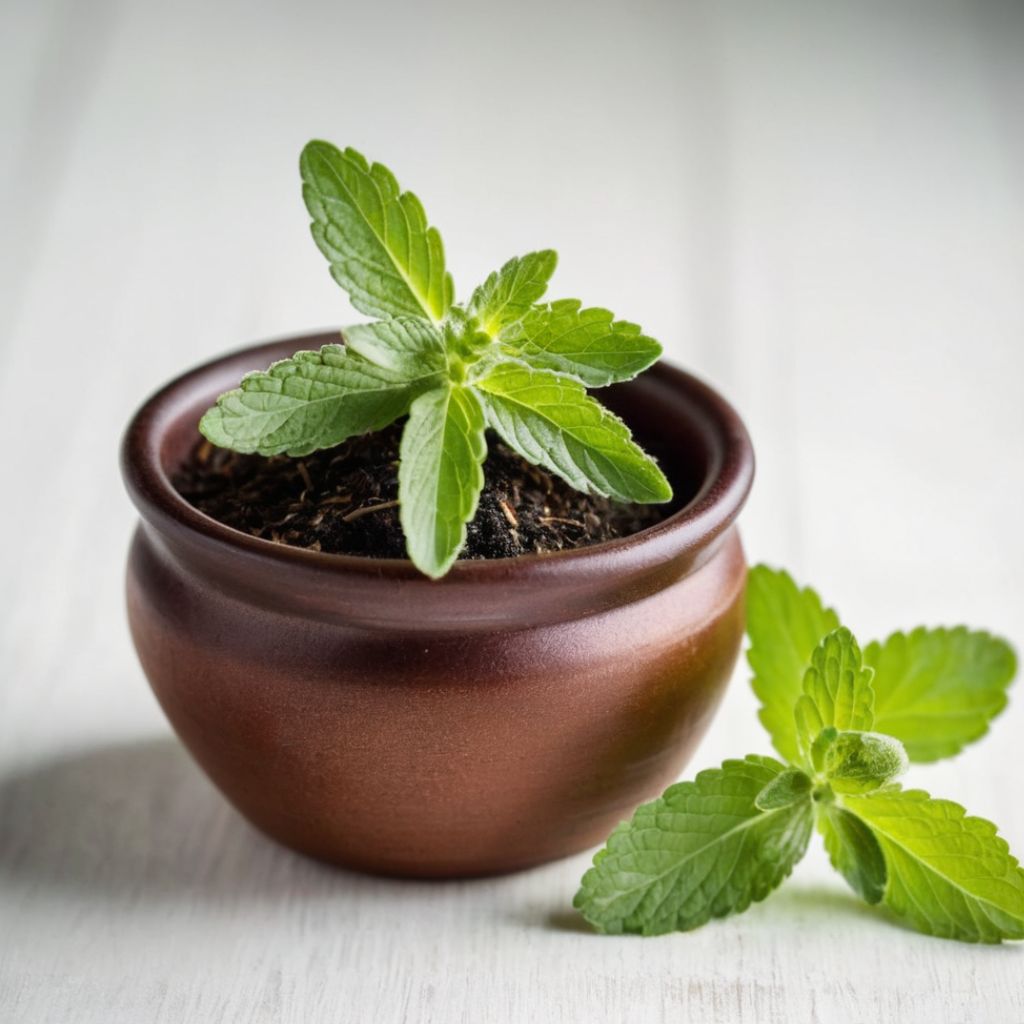
Light: Requires bright, indirect light.
Watering: Keep the soil consistently moist.
Humidity: Stevia appreciates higher humidity levels.
Temperature: Thrives between 60-75 degrees Fahrenheit.
Fertilizing: Feed stevia every 4-6 weeks with a balanced liquid fertilizer.
Harvesting: Harvest leaves for use as a natural sweetener.
Uses: Substitute for sugar in teas and desserts.
Indoor Suitability: Grows well indoors with proper care.
Lavender: Sweet and Floral Addition to Dishes
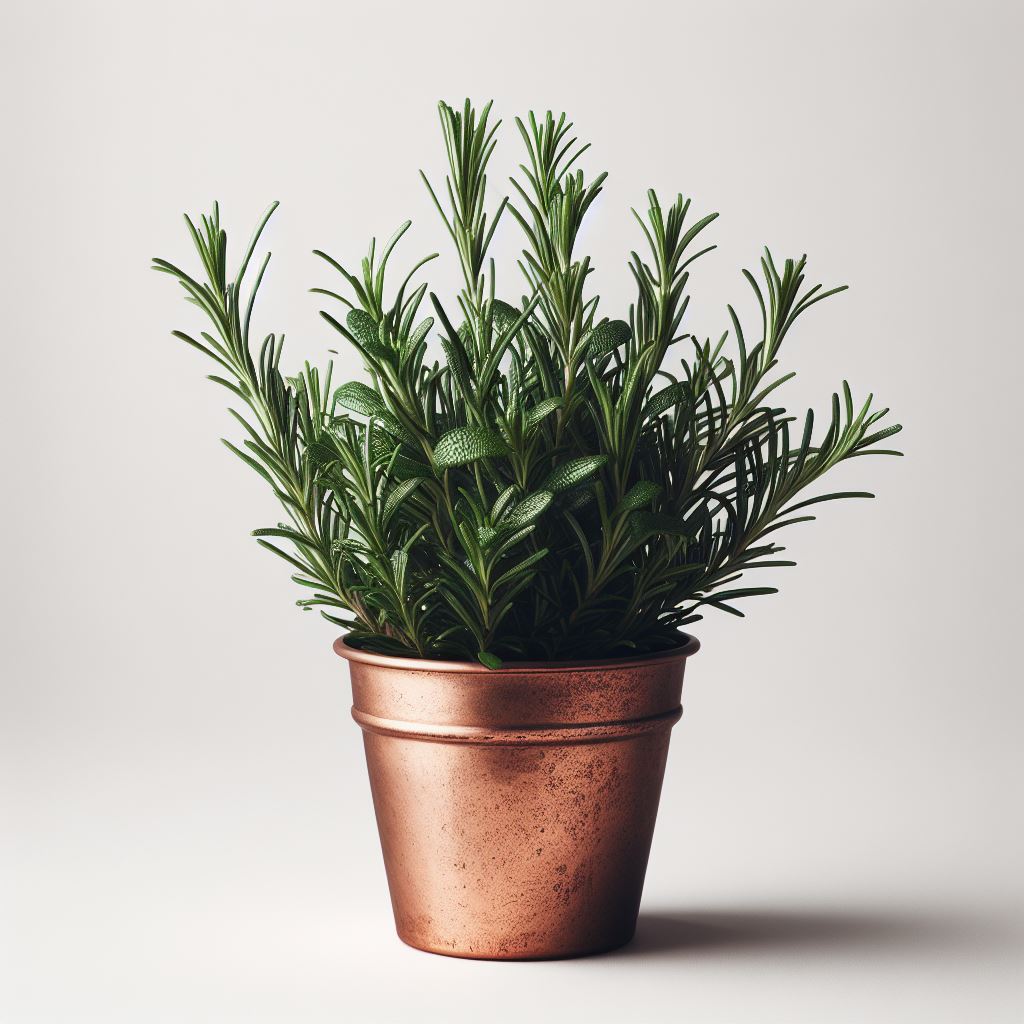
Light: Needs full sun or at least 6-8 hours of sunlight.
Watering: Allow the soil to dry between waterings.
Humidity: Lavender is adaptable to average indoor humidity.
Temperature: Ideal between 60-75 degrees Fahrenheit.
Fertilizing: Feed lavender every 4-6 weeks with a balanced liquid fertilizer.
Harvesting: Harvest flowers and leaves for culinary use or infusion.
Uses: Enhance both sweet and savory dishes with lavender’s flavor.
Indoor Suitability: Grows well indoors with sufficient sunlight.
Tarragon: Licorice-Like Elegance for Chicken and Fish

Light: Requires full sun, at least 6-8 hours of sunlight.
Watering: Allow the soil to dry between waterings.
Humidity: Tarragon is adaptable to normal humidity levels.
Temperature: Ideal between 60-75 degrees Fahrenheit.
Fertilizing: Feed tarragon every 4-6 weeks with a balanced liquid fertilizer.
Harvesting: Trim leaves for use in chicken, fish, and egg dishes.
Uses: Pairs well with poultry, fish, and eggs in various culinary creations.
Indoor Suitability: Thrives indoors with ample sunlight.
Lemon Balm: Citrusy Zest for Teas, Salads, and Desserts
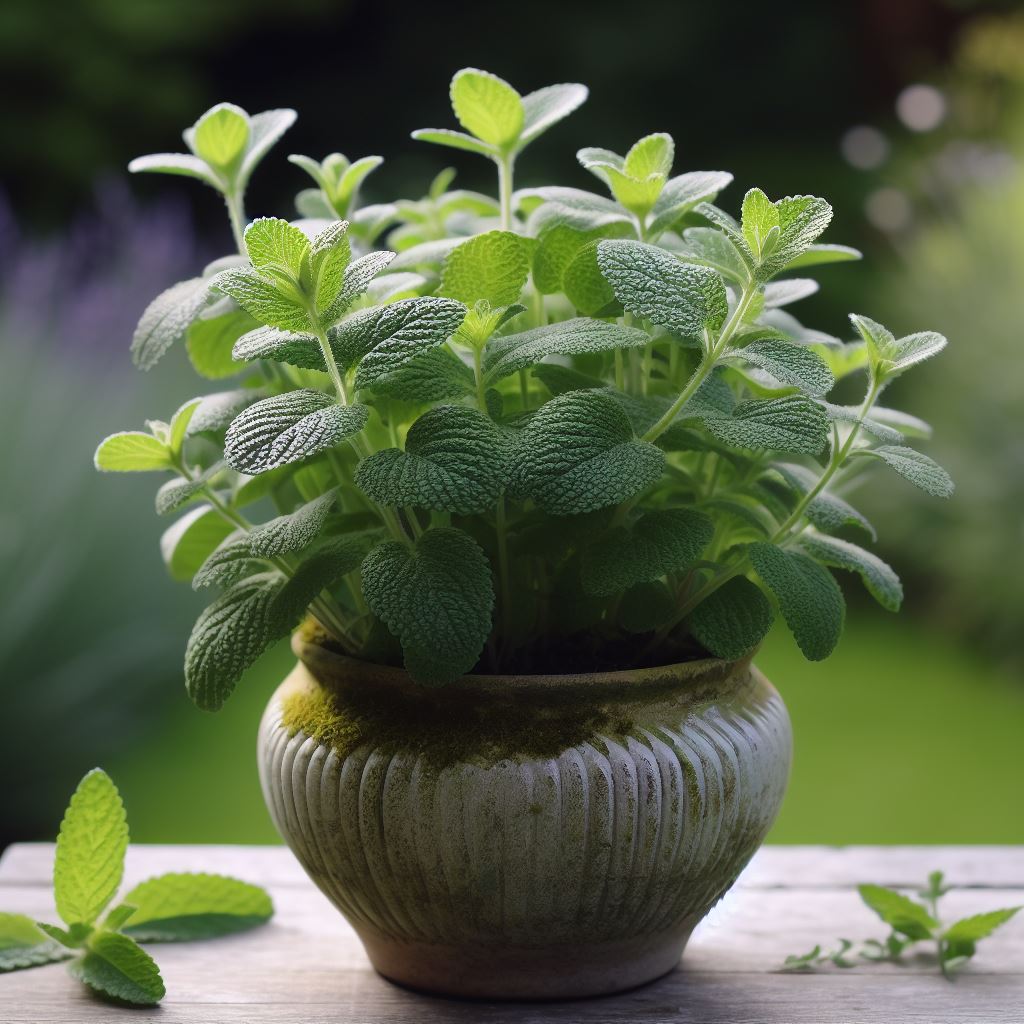
Light: Prefers partial shade to full sun.
Watering: Keep the soil consistently moist.
Humidity: Lemon balm is adaptable to average indoor humidity.
Temperature: Thrives between 60-75 degrees Fahrenheit.
Fertilizing: Feed lemon balm every 4-6 weeks with a balanced liquid fertilizer.
Harvesting: Harvest leaves for use in teas, salads, and desserts.
Uses: Adds a lemony flavor to various culinary delights.
Indoor Suitability: Well-suited for indoor cultivation.
Fennel: Licorice-Like Twist for Salads and Roasted Vegetables

Light: Requires full sun, at least 6-8 hours of sunlight.
Watering: Keep the soil consistently moist.
Humidity: Fennel is adaptable to normal humidity levels.
Temperature: Ideal between 60-75 degrees Fahrenheit.
Fertilizing: Feed fennel every 4-6 weeks with a balanced liquid fertilizer.
Harvesting: Harvest leaves for use in salads, soups, and roasted vegetables.
Uses: Adds a licorice-like flavor to a variety of dishes.
Indoor Suitability: Thrives indoors with ample sunlight.
Chervil: Mild Anise-Like Charm for Salads, Soups, and Sauces
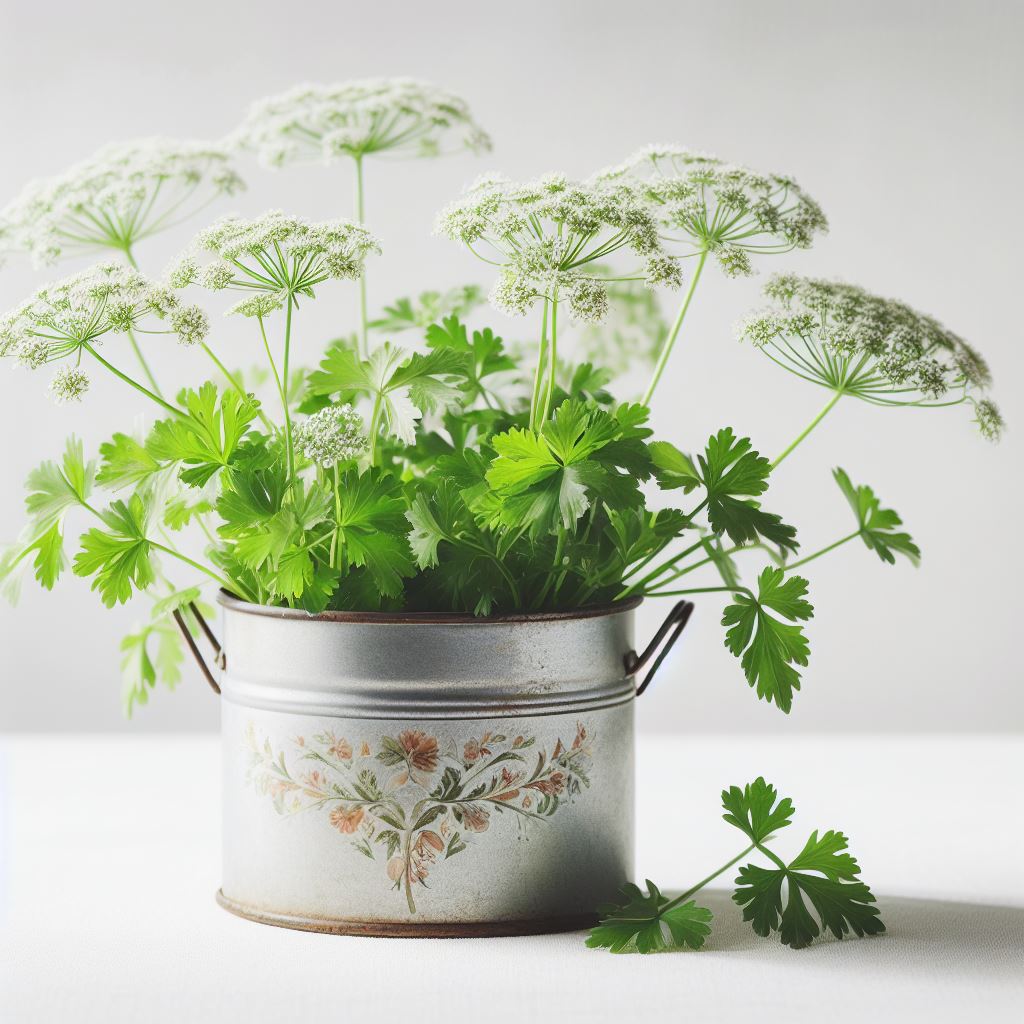
Light: Prefers partial shade to full sun.
Watering: Keep the soil consistently moist.
Humidity: Chervil is adaptable to average indoor humidity.
Temperature: Thrives between 60-75 degrees Fahrenheit.
Fertilizing: Feed chervil every 4-6 weeks with a balanced liquid fertilizer.
Harvesting: Harvest leaves for use in salads, soups, and sauces.
Uses: Adds a mild anise-like flavor to various culinary creations.
Indoor Suitability: Well-suited for indoor cultivation.
Lemongrass: Citrusy Punch for Soups, Curries, and Stir-Fries
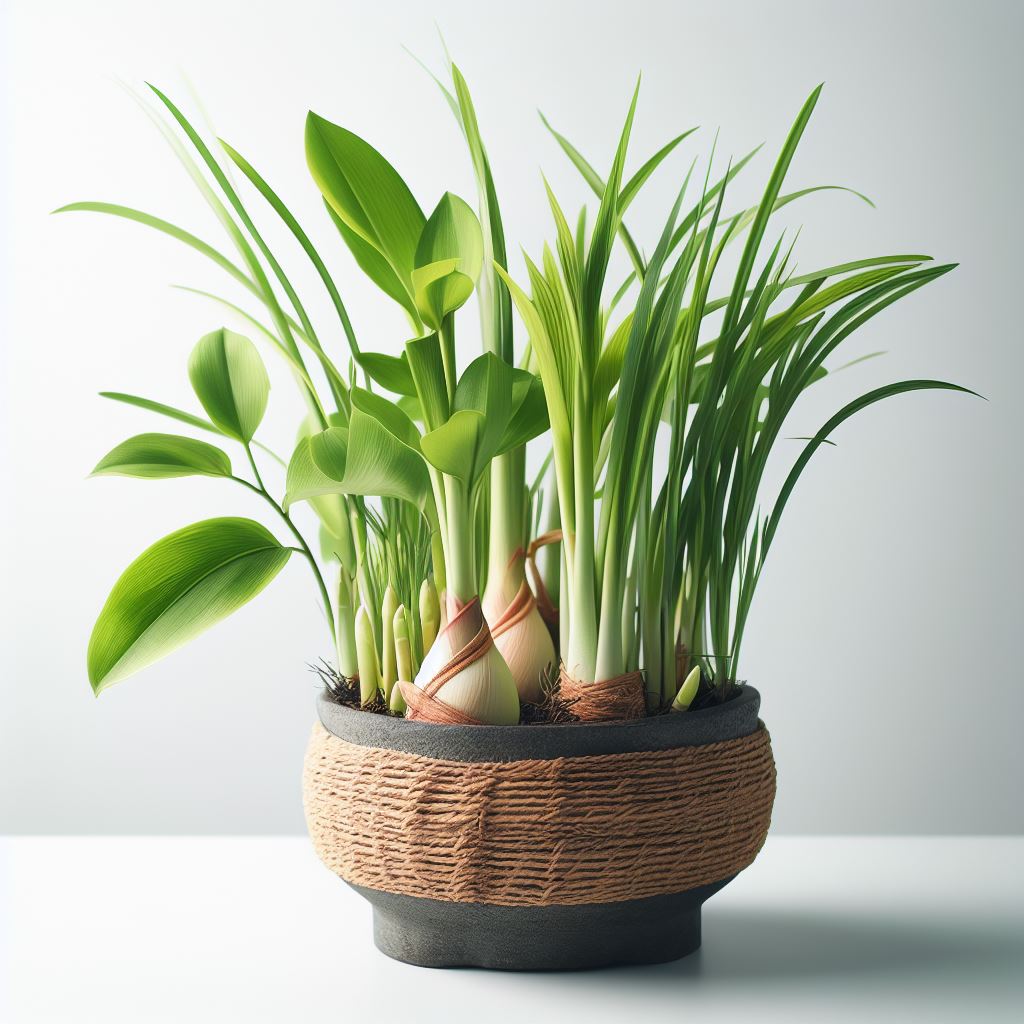
Light: Requires bright, indirect light.
Watering: Keep the soil consistently moist.
Humidity: Lemongrass appreciates higher humidity levels.
Temperature: Thrives between 70-85 degrees Fahrenheit.
Fertilizing: Feed lemongrass every 4-6 weeks with a balanced liquid fertilizer.
Harvesting: Harvest leaves for use in soups, curries, and stir-fries.
Uses: Adds a citrusy flavor to a variety of savory dishes.
Indoor Suitability: Grows well indoors with proper care.
Savory: Peppery Bite for Soups, Stews, and Roasted Meats
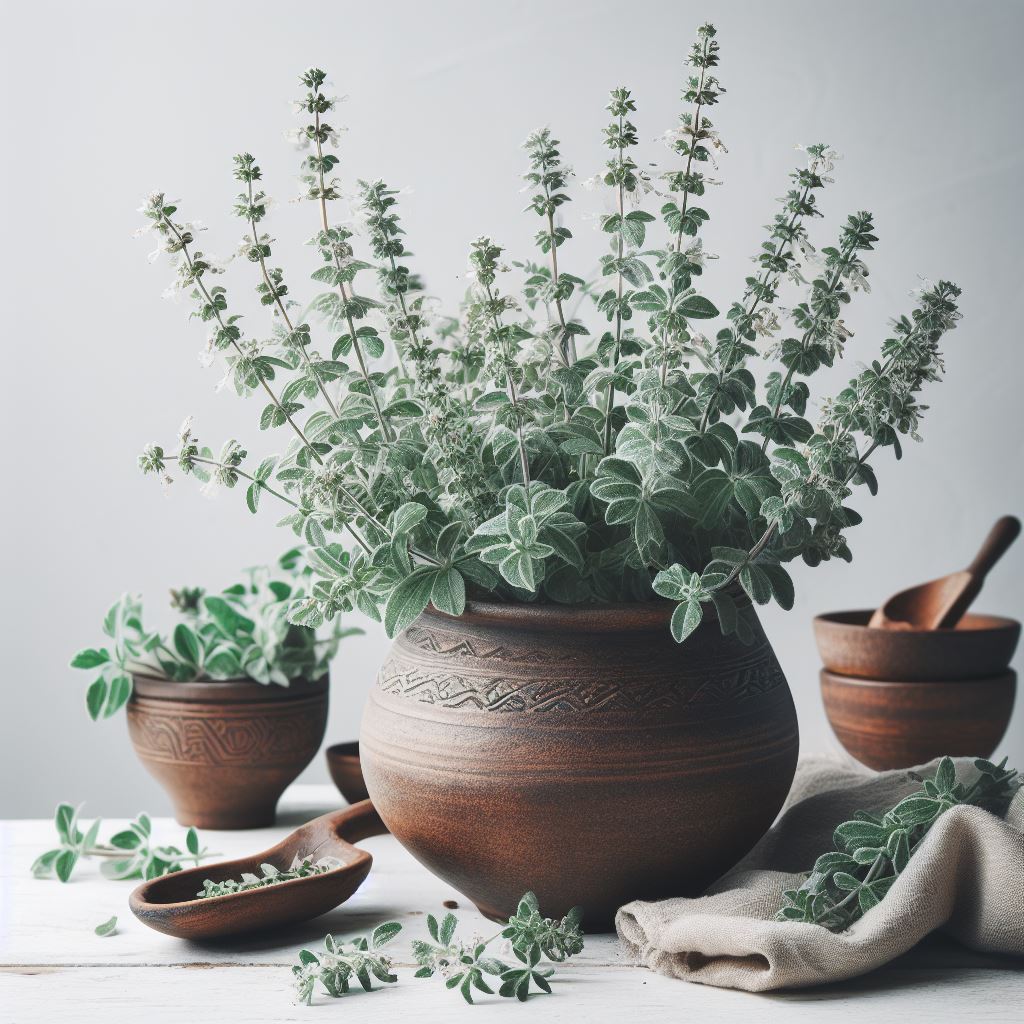
Savory (Satureja hortensis) is a herb that belongs to the mint family. This plant is small, with green leaves and blooming flowers. While it’s native to the Mediterranean region, this herb has also been naturalized in other places, like Great Britain.
Light: Requires full sun, at least 6-8 hours of sunlight.
Watering: Allow the soil to dry between waterings.
Humidity: Savory is adaptable to normal humidity levels.
Temperature: Ideal between 60-75 degrees Fahrenheit.
Fertilizing: Feed savory every 4-6 weeks with a balanced liquid fertilizer.
Harvesting: Harvest leaves for use in soups, stews, and roasted meats.
Uses: Adds a peppery and slightly bitter flavor to various dishes.
Indoor Suitability: Thrives indoors with ample sunlight.
Bay Leaves: Suitable for Soups, Stews, and Sauces
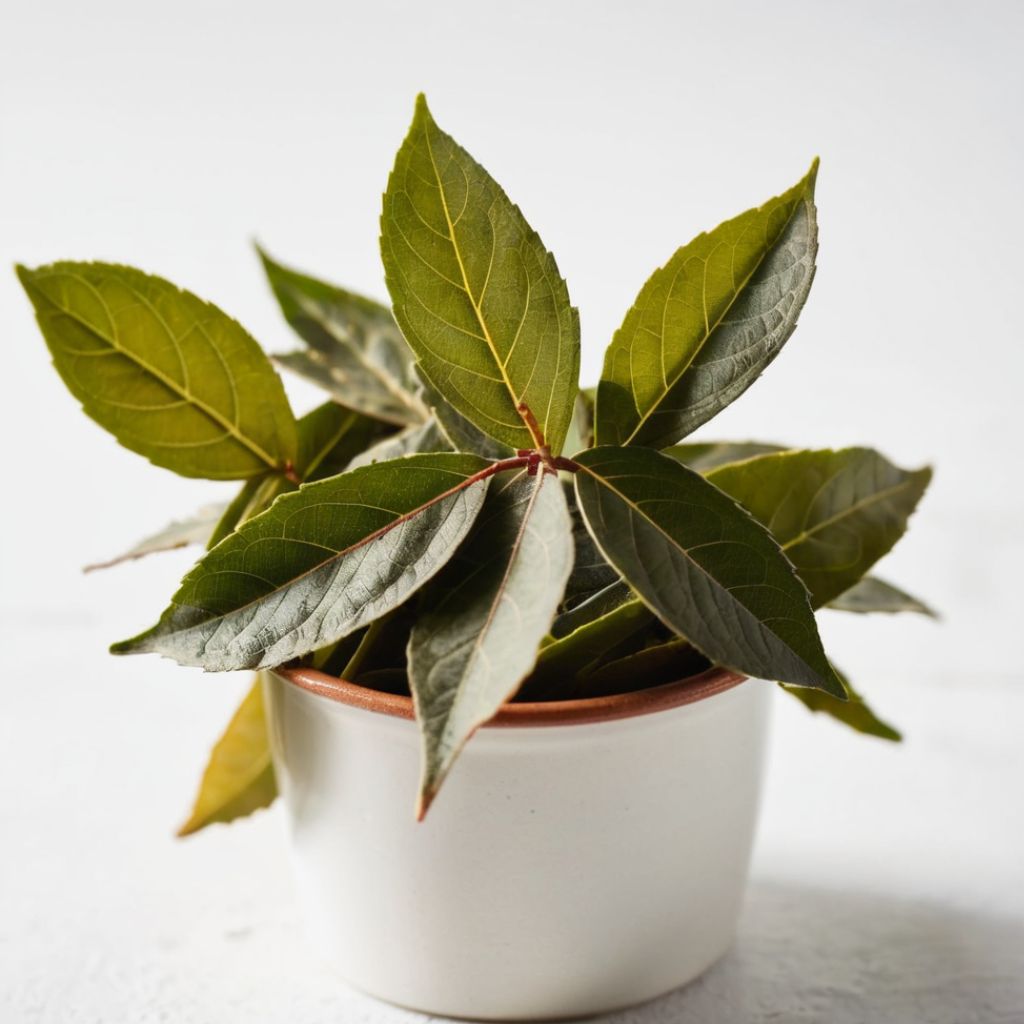
Light: Prefers partial shade to full sun.
Watering: Allow the soil to dry between waterings.
Humidity: Bay leaves are adaptable to average indoor humidity.
Temperature: Ideal between 60-75 degrees Fahrenheit.
Fertilizing: Feed bay leaves every 4-6 weeks with a balanced liquid fertilizer.
Harvesting: Harvest leaves for use in soups, stews, and sauces.
Uses: Adds a subtle and slightly floral flavor to various culinary delights.
Indoor Suitability: Well-suited for indoor cultivation.
Now, armed with practical tips, it’s time to turn your kitchen into a herb farm!
Happy gardening!
